Yannick is the star of Met’s Parsifal of blood
mainFirst review just in from ZealNY of last night’s revival of Francois Girard’s production:
Nézet-Séguin and the Metropolitan Opera orchestra stole the show tonight with a beautifully paced, languidly expansive and exquisite reading of Wagner’s Parsifal. In this orchestrally driving work, the work from conductor and musicians was sublime. The playing, across the pit, superb – tuning, ensemble, balance, tone. The brass performed magnificently despite tempos that you might hear in recording but rarely in a live performance…
Girard’s solution is clever, particularly so in Acts I and III. The ensemble slowly morphs from interesting vignette to beautiful vignette as a projected backdrop plays in real time – brooding sky, rising moon, forms that could be sand dune or human body. The result (with set design by Michael Levine and projections by Peter Flaherty) is starkly visual, architectural, and captivating.
And to this canvas, Girard pulls from his cast some impressive scene work. Gripping is Amfostas (brilliantly by Peter Mattei) as he reluctantly reveals and raises the Holy Grail, for an agonizingly long period of time, against Girard’s carefully and richly choreographed backdrop in Act I….
More here.
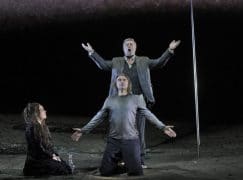
Evelyn Herlitzius, Klaus Florian Vogt and René Pape in ‘Parsifal’ at the Metropolitan Opera; photo: Ken Howard/Metropolitan Opera.
UPDATE: Second opinion here from New York Classical Review.

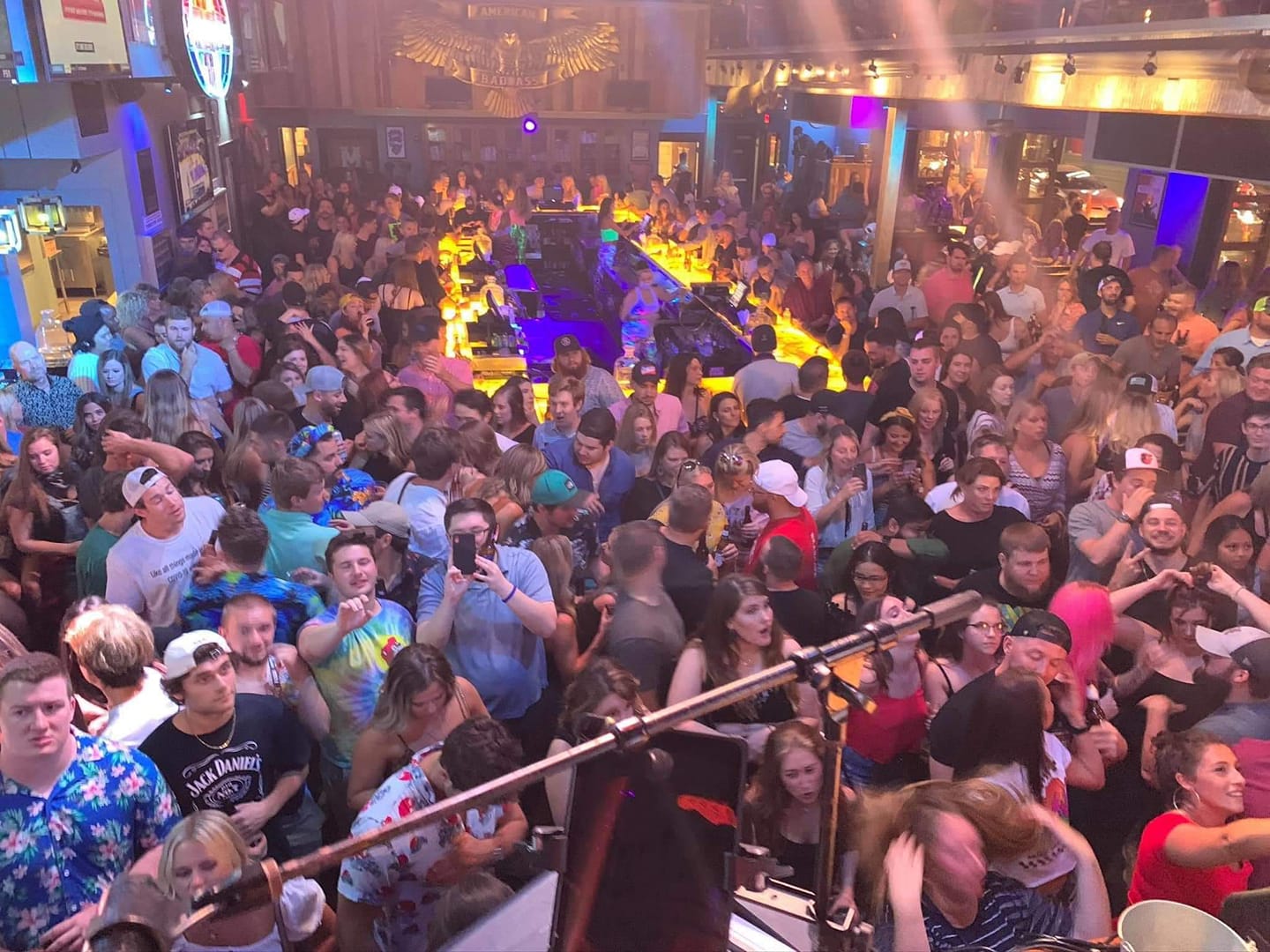
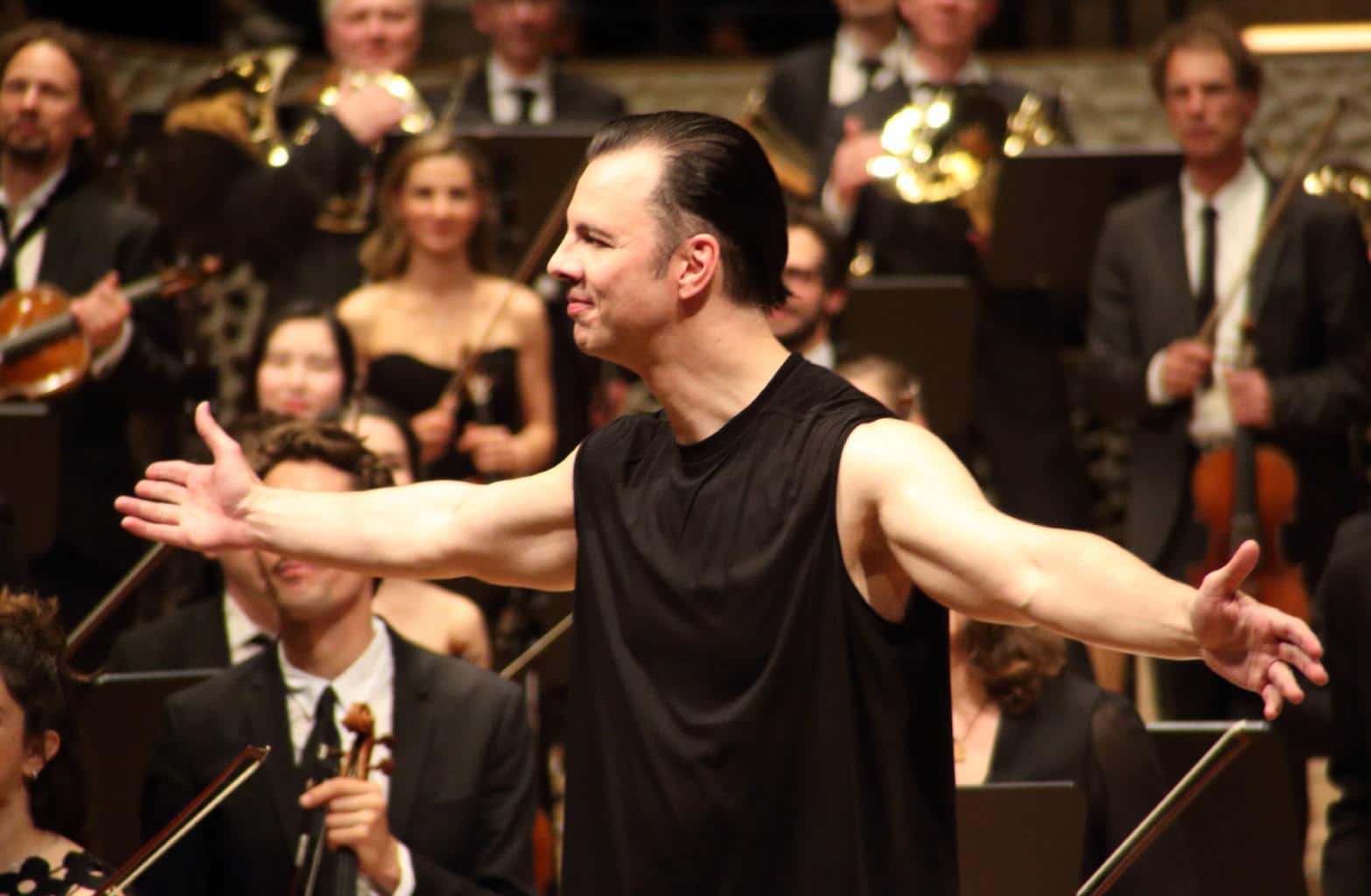
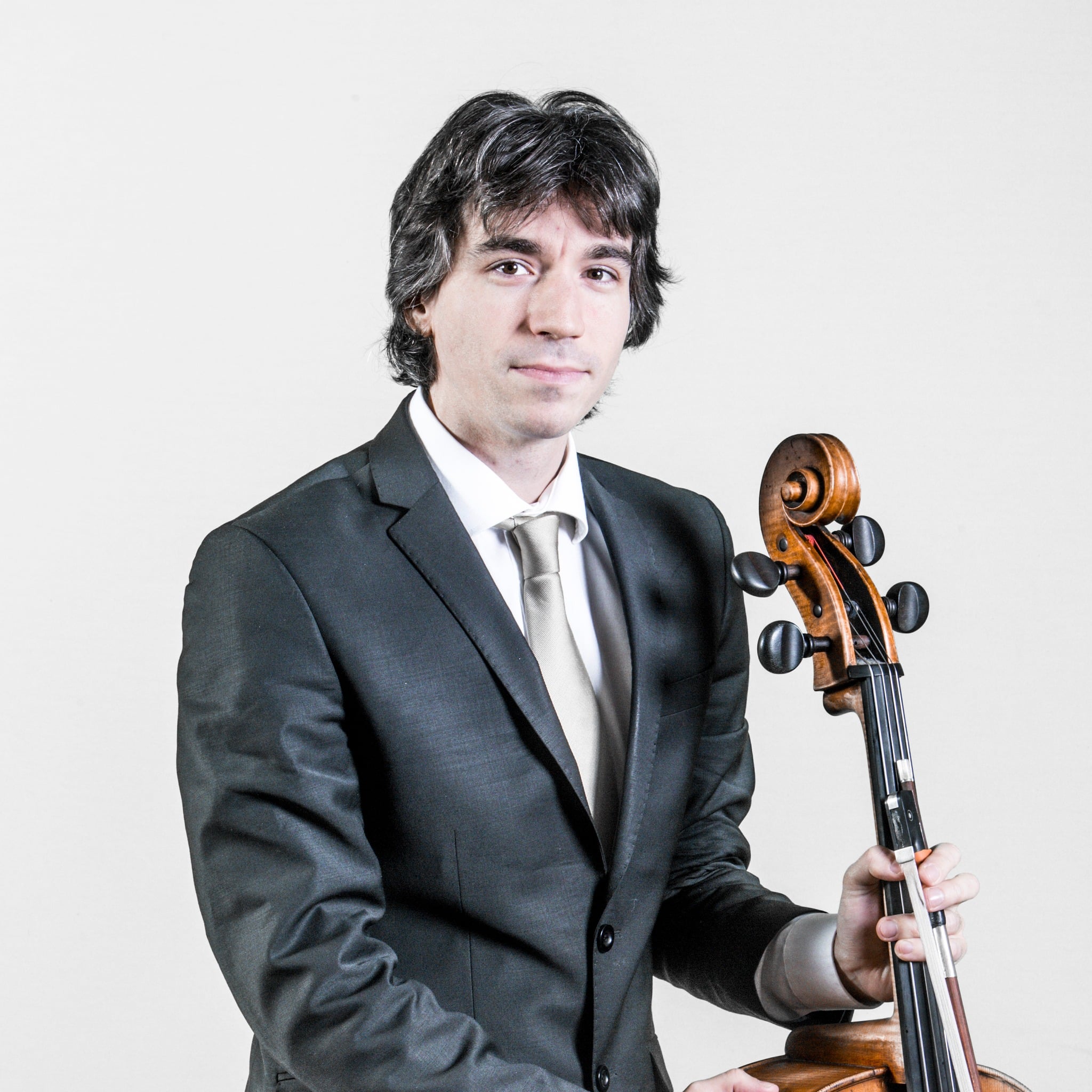
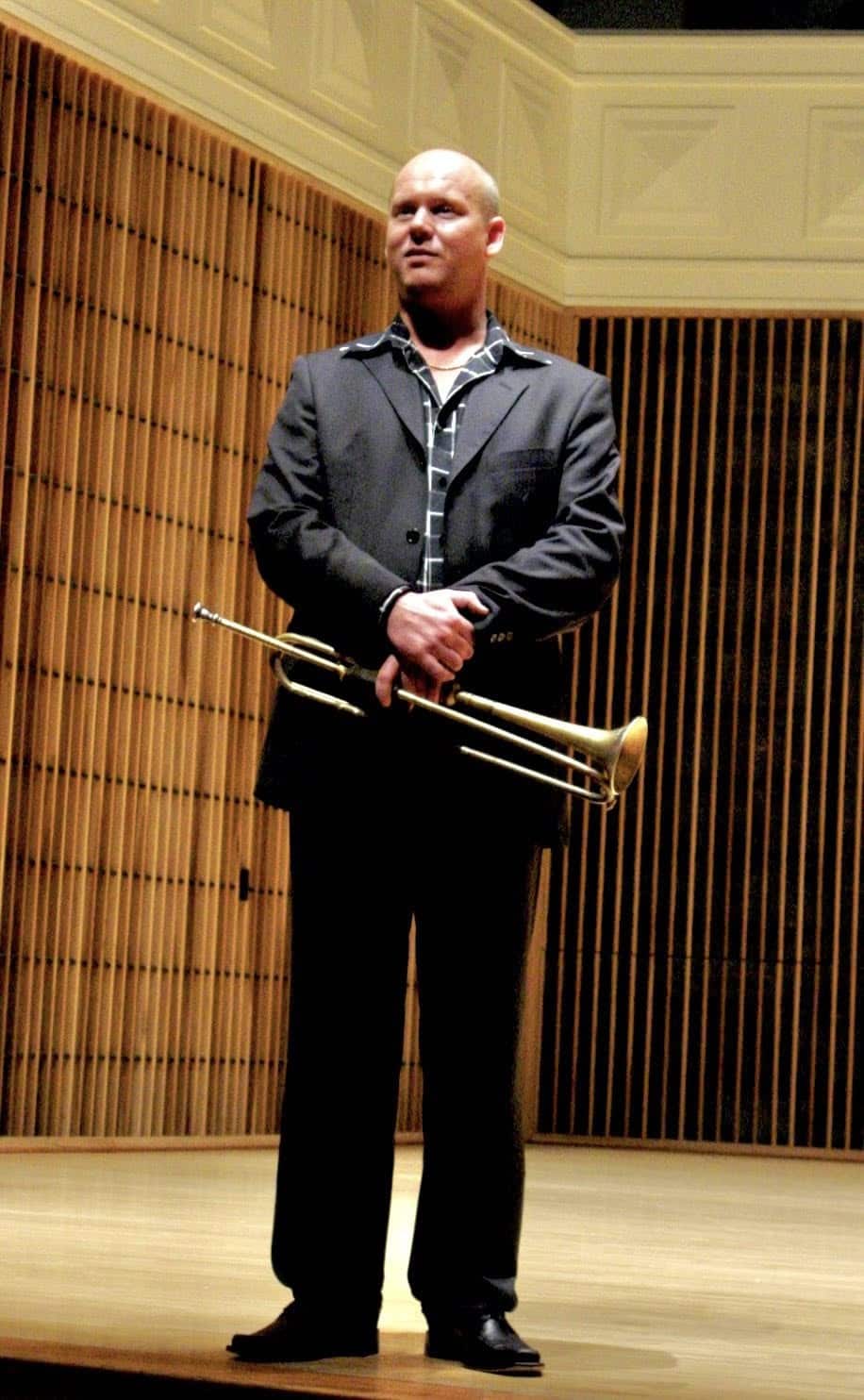
Comments